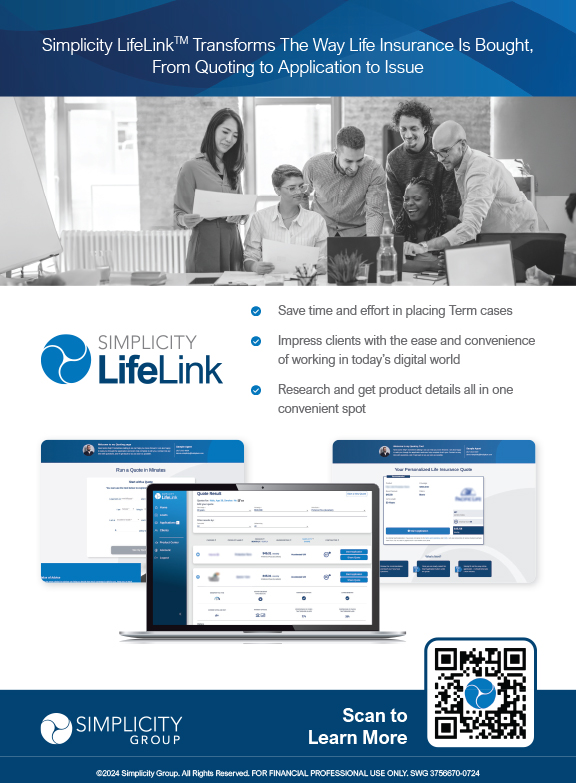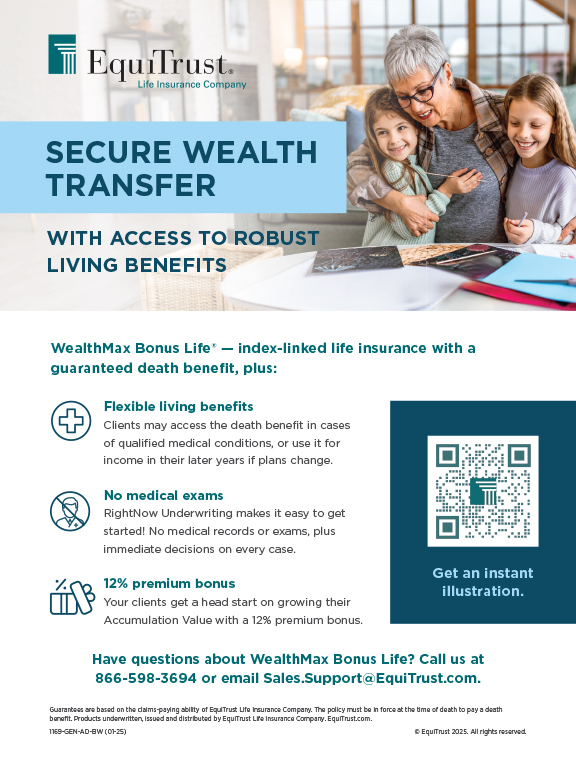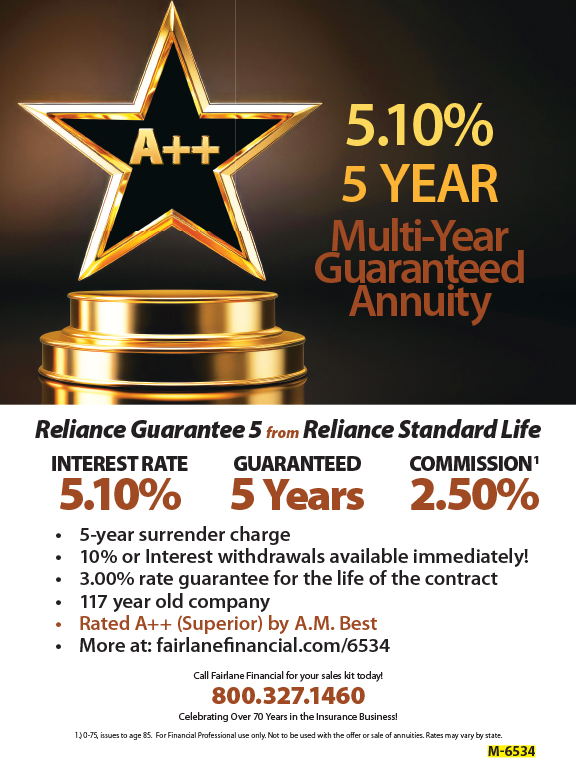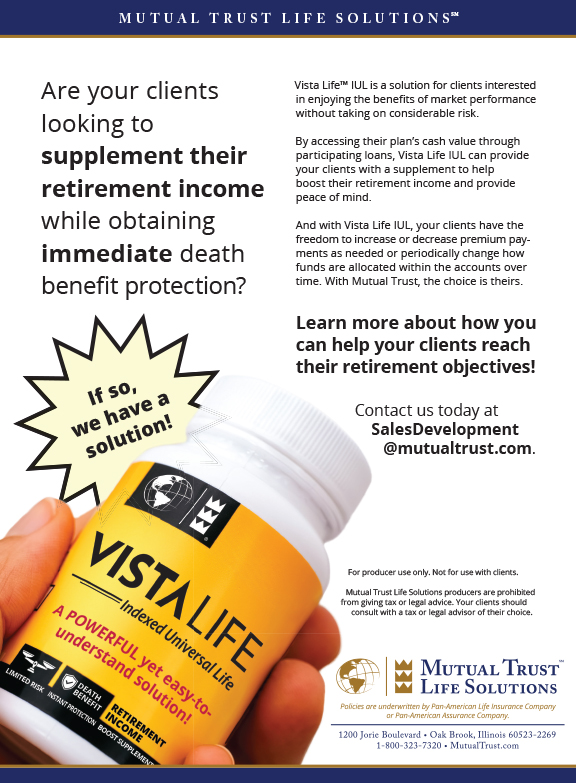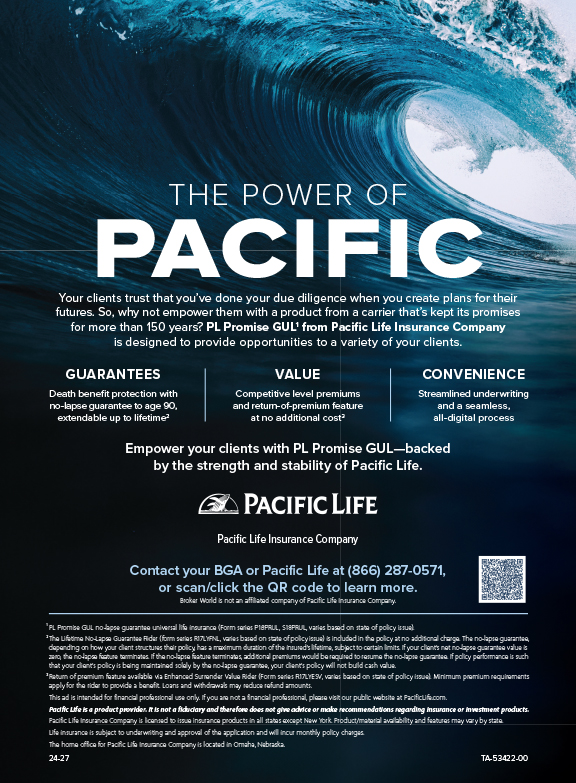When a life insurance policy is sold to a life settlement company, certain tax rules must be followed by the policy owner/seller. This taxation is governed by Rev. Rul. 2009-13 where the IRS contrasted the taxation of a policy which has been surrendered with the taxation of a policy which has been sold to a settlement company.
Also, the IRS ruling differentiated between the sale of a permanent insurance policy and the sale of a term insurance policy. Here’s a summary of the important issues which the ruling clarified.
Surrender of a Policy by a Policy Owner
Where a policy owner simply surrenders the policy for cash, Rev. Rul. 2009-13 confirms that the cash payment is reduced by the amount of aggregate premiums paid (cost basis) to determine the taxable gain without any basis reduction for “cost of insurance” (COI). The ruling concluded that the gain amount is ordinary income.
In a hypothetical example based on Situation #1 of Rev. Rul. 2009-13, assume a policy in a gain position has cash surrender value of $780,000 with aggregate premiums paid (cost basis) of $640,000. The cumulative COI charges were $100,000. The ordinary income gain would be $780,000 minus $640,000 = $140,000 and the COI charges would be disregarded.
Sale of a Policy to a Life Settlement Company
However, when a policy owner sells a permanent policy to a life settlement company, the IRS stated that the policy owner’s adjusted cost basis is not equal to the amount of aggregate premiums paid. The aggregate premiums paid must be reduced by the portion of the premiums allocated for the pure cost of insurance (COI charges). This rule for reduction of cost basis by the COI charges went into effect for sales of policies to settlement companies on August 26, 2009 or later.
For the sale of a permanent policy, the IRS confirmed that a portion of any gain can be in the nature of long term capital gain. The part of any gain allocated to “inside buildup” of cash value (cash value minus aggregate premiums paid) is ordinary income which can be taxed at a federal rate up to 39.6 percent under current law. However, any gain in excess of “inside buildup” is long term capital gain which can be taxed at a federal rate of only 15 percent or 20 percent under current law.
For the sale of a term policy (no cash surrender value) all premiums are presumed to be COI charges. Since term policies generally do not have an “inside buildup” component, any gain from the sale of a term policy would be all long term capital gain.
Sale of a Permanent Policy in a “Gain” Position
In a hypothetical example based on Situation #2 of Rev. Rul. 2009-13, assume a policy in a “gain” position has a cash surrender value of $780,000 with a cost basis (aggregate premiums) of $640,000. The cumulative cost of insurance (COI charges) was $100,000. Then, the policy is sold to a life settlement company for $800,000. Therefore, the adjusted cost basis is $640,000 minus $100,000 COI = $540,000. So, the gain amount on the sale of the policy is $800,000 minus the adjusted cost basis amount of $540,000 = $260,000.
Of this $260,000 gain amount, $140,000 represents ordinary income allocated to “inside buildup” ($780,000 cash value minus $640,000 aggregate premiums paid) and the remaining $120,000 is long term capital gain.
Sale of a Permanent Policy in a “Loss” Position
In another hypothetical example based on Situation #2 of Rev. Rul. 2009-13, assume a policy in a “loss” position has a cash surrender value of $300,000 with a cost basis (aggregate premiums) of $640,000. The cumulative cost of insurance (COI charges) was $100,000. Then, the policy is sold to a life settlement company for $800,000. Therefore, the adjusted cost basis is $640,000 minus $100,000 COI = $540,000. So, the gain amount on the sale of the policy is $800,000 minus the adjusted cost basis amount of $540,000 = $260,000.
Since the policy is in a loss position, (cash value less than cost basis), the full $260,000 of gain from the sale is long term capital gain taxed at lower capital gain tax rates.
Sale of a Term Policy
In a hypothetical term insurance example based on Situation #3 of Rev. Rul. 2009-13, the term insurance policy had $0 cash value. The policy was sold to a settlement company for $50,000. The cumulative premium paid up to the date of sale was $80,000. The cumulative expired “cost of insurance” portion of the premium was $77,000. The unexpired “cost of insurance” portion of the cumulative premium is the adjusted cost basis of $3,000 ($80,000 minus $77,000).
Accordingly, the seller must recognize $47,000 of capital gain on the sale ($50,000 sale price minus $3,000 adjusted cost basis for unexpired premium). Since the term insurance policy had no cash surrender value, there was no “inside buildup” under the contract.








